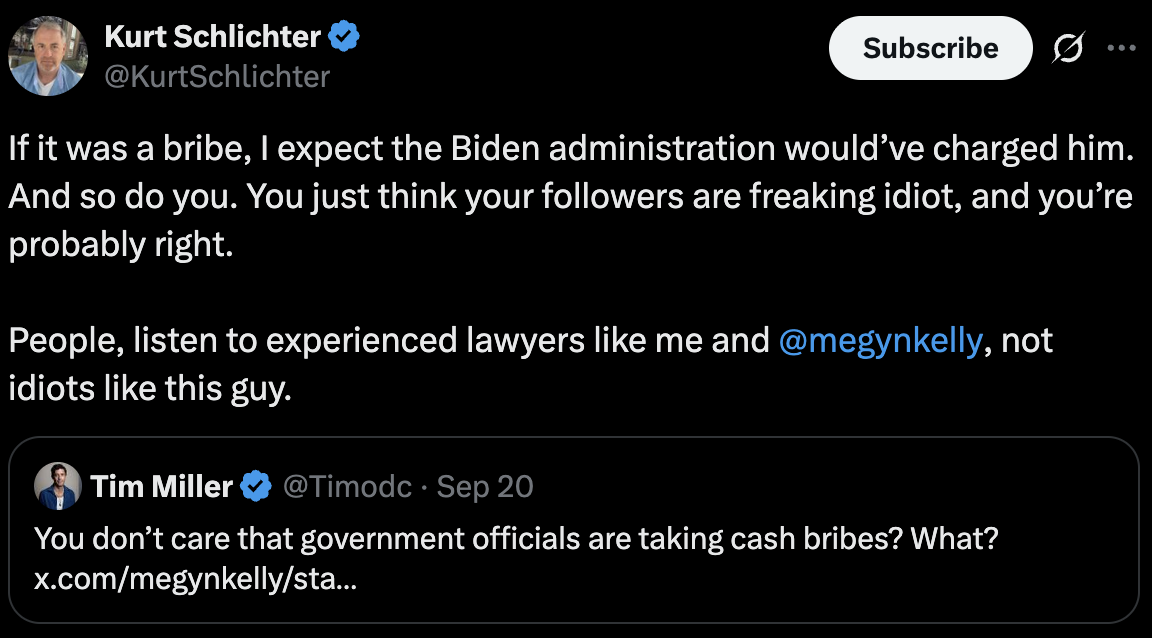September 22, 2025
Did Tom Homan Retain the $50,000 From Undercover FBI Sting? Questions Swirl Around Alleged Bribery and Missing Funds

In a startling revelation over the weekend, it was reported that Tom Homan, a key figure in the Trump administration's immigration policy framework, was allegedly filmed accepting $50,000 from undercover FBI agents. These agents, posing as business executives, purportedly aimed to secure government contracts contingent on Trump's re-election. The funds, curiously handed over in a Cava fast food chain bag, have sparked not only legal and ethical queries but also calls for a potential, if cheeky, marketing opportunity for Cava.
Homan, who also prominently positioned himself in the controversial decision to abandon the Eric Adams bribery case, has never quite seemed the quintessential spokesperson against corruption. This incident casts a new light on his motivations, especially given his implied endorsement of a quid pro quo during the Adams debacle.
The situation has drawn comparisons to historical scandals and ignited intense discussions about the implications for rule of law. However, a key question remains pointedly unanswered: What became of the $50,000? This sum, drawn from taxpayer money for the sting, seems to have vanished into thin air post-investigation. With the probe prematurely concluded, and described as a "deep state" investigation by Trump DOJ appointees, details about the recovery of these funds remain murky.
Critics argue that the focus should shift to the whereabouts of the money rather than the legality of the act. The FBI's involvement in the broader investigation was part of a careful and ongoing inquiry, not a rush to judgment. This approach aligns with the DOJ's policy of non-interference in election-sensitive periods—a stance solidified by the fallout from Comey's 2016 election-eve actions concerning Hillary Clinton's emails.
Amid these entanglements, White House Deputy Press Secretary Abigail Jackson labeled the investigation as "blatantly political," clearing Homan of involvement in contract awards and praising his service. However, these statements skirt around the core issue—did Homan indeed keep the money, and was it ever declared or returned?
As this scandal unfolds, with its potential mishandling of funds and implications of deep-rooted corruption, one can't help but recall the administration's previous missteps, including the notorious loss of migrant children. It appears increasingly likely that the question of the missing $50,000 may, too, remain unanswered, lost in bureaucratic limbo. The public and legal scrutiny continues as many await clear responses and accountability in this curious case of politics, money, and alleged corruption.